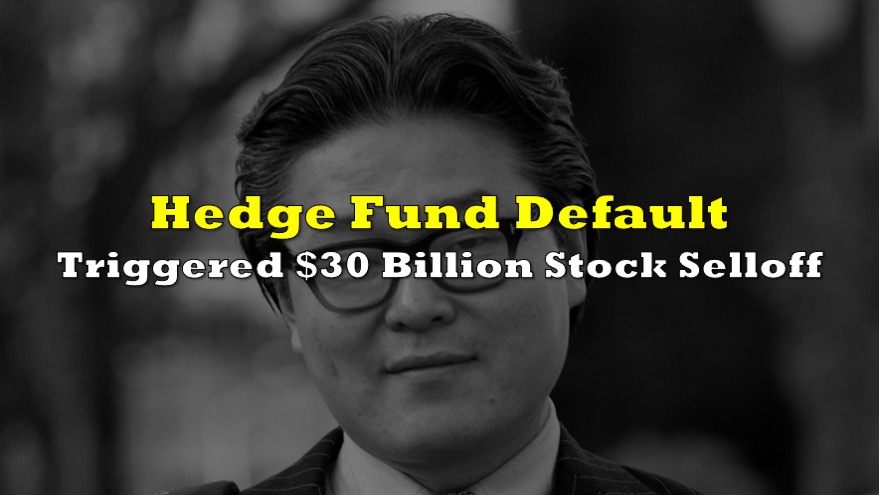By far the biggest debate among stock market investors is whether the significant declines so far this year — around 20% for the S&P 500 and 28% for the NASDAQ — already fully discount the implications of future Fed interest rate hikes, including the (probable) resultant economic slowdown. Unfortunately, there are a number of parallels between the prolonged difficult market of 2000 and the current backdrop.
Consider the following points:
In the spring of 2020, the NASDAQ plunged 30% in about a month at the same time the Fed was completing a sequence of six successive interest rate increases (though smaller than the ones the Fed has recently implemented and reportedly plan to enact). This percentage decline approximately matches the fall in that index so far this year. The Fed imposed the first of many hikes likely in this cycle in mid-March 2022.


The NASDAQ then had about a three-month reflex rally in 2000 that lifted it 15% before it fell an additional 60% over the next twelve months — despite no additional Fed rate hikes imposed over that period and a total of 250 basis points of rate reductions over the first 4 ½ months of 2001. Conversely, most analysts expect a series of large Fed rate increases over the rest of 2022.

Commodity prices were fairly quiescent during 2000. On the other hand, the extremely volatile conditions seen today in virtually all commodities adds to the risk in financial markets.

Similarly, the housing market was fairly stable, and home prices and rents were considered affordable, in 2000. Today, rents are very high, tough to afford (Manhattan average rents just hit US$5,000 per month), and continue to rise. Likewise, U.S. and Canadian home prices have soared and, as a group, are at or near all-time highs. However, the housing market seems to have slowed abruptly as buyers are unwilling to take out higher-cost mortgages for purchases. This uncertainty in the largest outlay most people will ever make likewise ratchets up overall risk.

The percentage of U.S. mortgages which are adjustable rate mortgages (ARMs) is about the same now, in the vicinity of 10%, as it was in 2000. As a consequence, that element of the housing market is approximately unchanged between eras. The number of ARMs soared dramatically over the 2004-2008 period.

Having said all this, one important difference between 2000 and 2022 which is favorable to the current environment is valuation. As of January 1, 2000, the P/E ratio of the S&P 500, based on trailing twelve months earnings, was around 29x. At the start of this year, that ratio, based on forward earnings, was in the low 20x range. It is now in the 16x vicinity.
The broad equity indices have performed very poorly over the first 6 ½ months of 2022. Many hope for a better second half of 2022. However, the similarities between today and 2000 could imply further downside risk. Indeed, for some key parameters, the current situation is more concerning than it was in 2000 even after the initial steep downturn.
Information for this briefing was found via Edgar and the sources mentioned. The author has no securities or affiliations related to the organizations discussed. Not a recommendation to buy or sell. Always do additional research and consult a professional before purchasing a security. The author holds no licenses.






